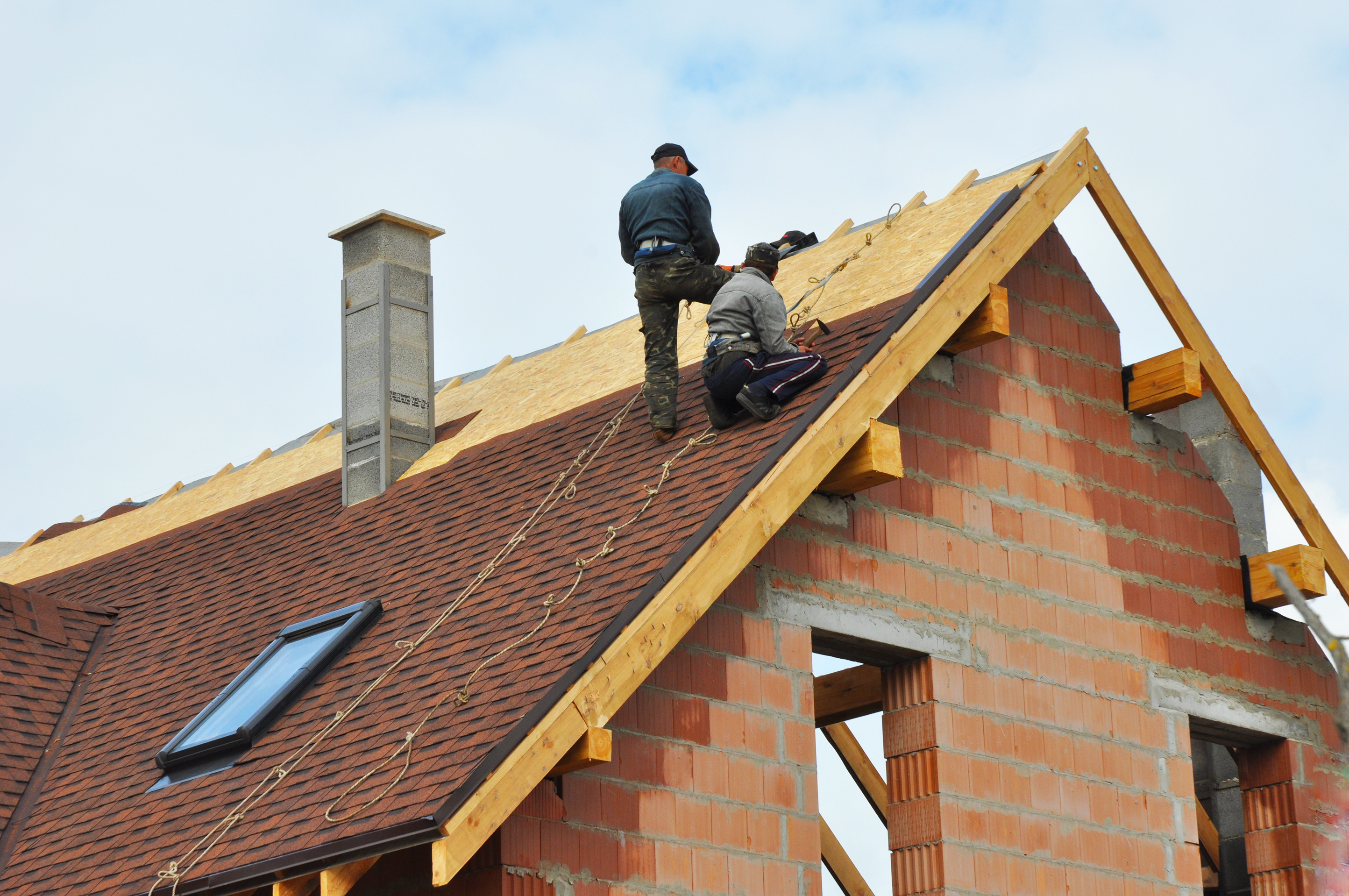Best Practices for Ensuring Correct Roof Ventilation
Making certain correct roof ventilation is important for the durability and efficiency of a roof. A well balanced intake and exhaust air vent proportion, commonly 1:300, plays an essential role, with consumption vents preferably put at the lower edge of the roof for awesome air entrance and exhaust vents at the peak for cozy air leave. Normal assessments to determine obstructions and preserve clear air movement are paramount. Additionally, keeping insulation away from vents is crucial to avoid air flow restriction. Comprehending these fundamental components sets the stage for even more thorough understandings into setup and upkeep techniques that can considerably enhance your roof's efficiency.
Understand Ventilation Fundamentals
Properly comprehending ventilation fundamentals is crucial for making sure the long life and performance of roof. Reliable ventilation mitigates moisture build-up and temperature level extremes in the attic room, both of which can result in substantial structural damages in time. A well-ventilated roofing system helps in stopping typical issues such as mold growth, wood rot, and ice dams, which can compromise the honesty of the roofing products and the underlying frameworks.
The key goal of air flow is to help with the activity of air, enabling a consistent exchange between the outside and interior environments. This balance is accomplished through a mix of intake and exhaust vents that collaborate to keep optimal air movement. Consumption vents, commonly located along the soffits or eaves, allow fresh air to go into the attic space, while exhaust vents, commonly situated at or near the roofing system ridge, make it possible for hot, damp air to run away.
Trick elements affecting the efficiency of roof air flow include appropriate placement, sufficient sizing, and ensuring that both intake and exhaust vents are unblocked. Regular examination and upkeep are vital to identify prospective blockages, damages, or ineffectiveness in the air flow system, thus protecting the roof's efficiency and durability.
Kinds Of Roofing System Vents
Roofing vents play a critical function in keeping efficient attic room ventilation and, by expansion, the general wellness of the roof covering system. Numerous kinds of roof vents are available, each with special benefits customized to specific roofing needs.

Soffit vents are installed under the eaves and job in tandem with roofing vents to make sure a well balanced consumption and exhaust system. By permitting cooler air to go into from below, soffit vents assist in the expulsion of hot air with upper vents. Gable vents, located on the exterior walls of the attic room, offer an additional reliable service, specifically in homes with gable roofs.
Evaluate Your Existing Air Flow

Next, think about the age and condition of your roofing products and ventilation components. Older systems may not abide by current building regulations or may have degraded with time, decreasing their effectiveness. Conduct a complete evaluation to identify any signs of deterioration, such as corrosion, damages, or spaces that can compromise the system's efficiency.
In addition, gauge the attic temperature and moisture levels. High temperature levels and humidity can suggest inadequate ventilation.
Installation Best Practices
Efficient setup of roof covering ventilation systems is critical for ensuring ideal performance and long life. Correct installation starts with comprehending the particular ventilation needs of the structure and the roof covering it covers. This includes computing the right ratio of consumption to exhaust vents, normally sticking to the 1:300 policy, which stipulates one square foot of ventilation for every single 300 square feet of attic floor area.

The positioning of vents is equally crucial. Intake vents ought to be set up at the roofing's reduced edge, frequently in the soffits, to allow awesome air to enter. Exhaust vents, on the other hand, ought to be set up near or at the roof covering's peak to assist in the departure of warm, moist air. This creates a natural air flow that aids preserve temperature level and dampness balance within the attic room area.
Seal all air vent connections diligently to prevent air leakages and potential water infiltration. Use premium products and comply with supplier guidelines to make sure toughness and efficiency. In addition, integrating ridge vents with baffles can significantly boost airflow effectiveness by preventing wind-driven rain and snow from going into the attic room.
Inevitably, accurate installment of roof covering ventilation systems mitigates potential concerns such as mold and mildew development, ice dams, and architectural damage, guaranteeing the roof's honesty and the structure's general health and wellness.
Regular Maintenance Tips
Uniformity in upkeep gainesville roofing companies techniques is basic to ensuring the long-lasting effectiveness of roof covering air flow systems. Throughout these inspections, make sure that vents are cost-free of debris, nests, and various other blockages that might hinder air flow.
Cleaning the vents is an additional necessary task. Use a soft brush or a vacuum cleaner to eliminate dust and particles from consumption and exhaust vents. Beware not to harm the air vent screens or louvers throughout the procedure. Additionally, evaluate the attic room for any indications of water damages, which could compromise the honesty of the roof covering system.
Correct insulation is just as essential. Ensure that attic insulation does not obstruct the vents, as this can drastically limit air flow. If any kind of insulation has actually changed or settled, reposition or change it to preserve an efficient obstacle.
Last but not least, replace any type of harmed or missing out on parts without delay. Broken vents, broken roof shingles, or worn-out flashing can all add to inadequate ventilation and should be dealt with immediately. Regular maintenance makes sure that the roofing air flow system operates ideally, consequently expanding the life expectancy of the roofing system itself.
Final Thought
Ensuring appropriate roofing ventilation is critical for maintaining the effectiveness and durability of a roof covering system. Adherence to the 1:300 consumption and exhaust air vent proportion, paired with the calculated placement of vents, is crucial.
A balanced consumption and exhaust vent ratio, commonly 1:300, plays a pivotal duty, with intake vents preferably positioned at the lower side of the roof covering for awesome air entry and exhaust vents at the height for cozy air departure. this page Intake vents, usually situated along the soffits or eaves, enable fresh air to get in the attic space, while exhaust vents, often situated at or near the roofing system ridge, enable hot, damp air to escape.
Soffit vents are set up under the eaves and job in tandem with roofing system vents to ensure a balanced consumption and exhaust system. By enabling cooler air to go into from below, soffit vents assist in the expulsion of hot air via upper vents. Adherence to the 1:300 intake and exhaust air vent proportion, coupled with the critical positioning of vents, is necessary.